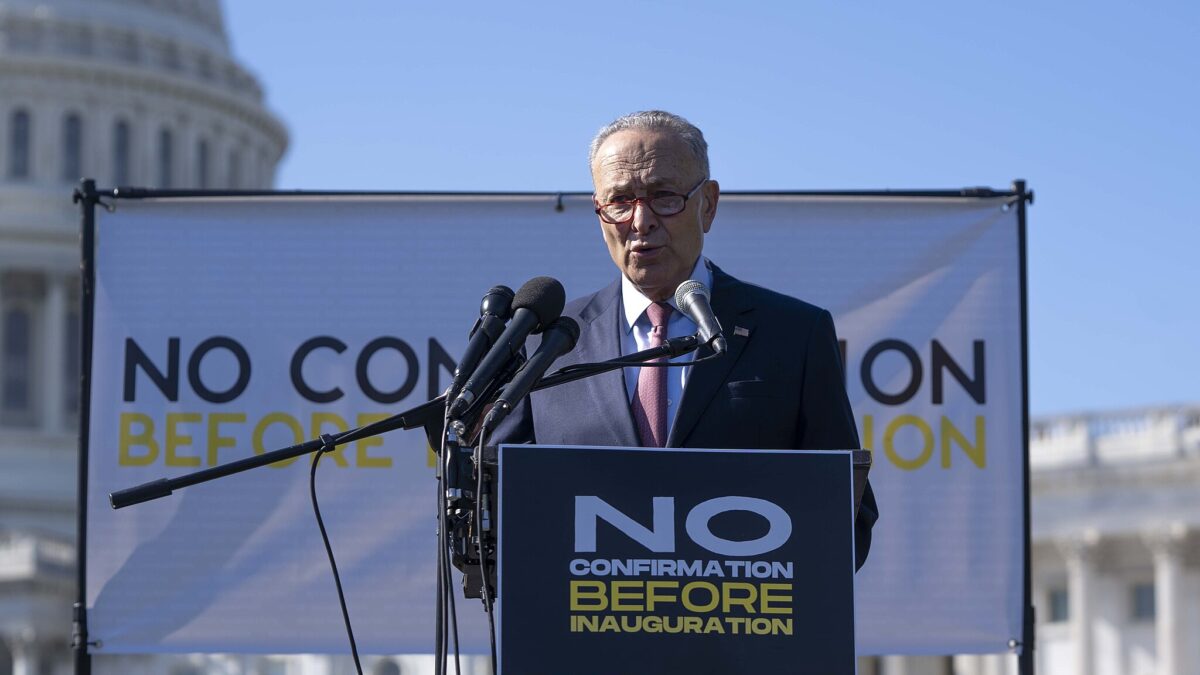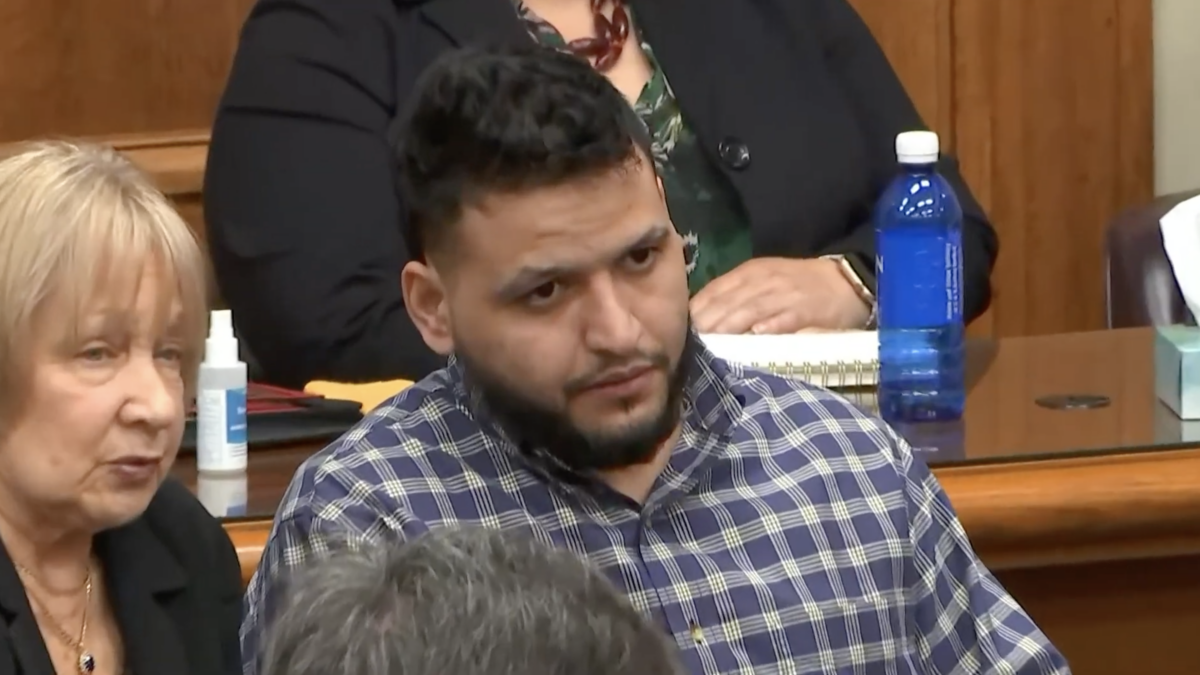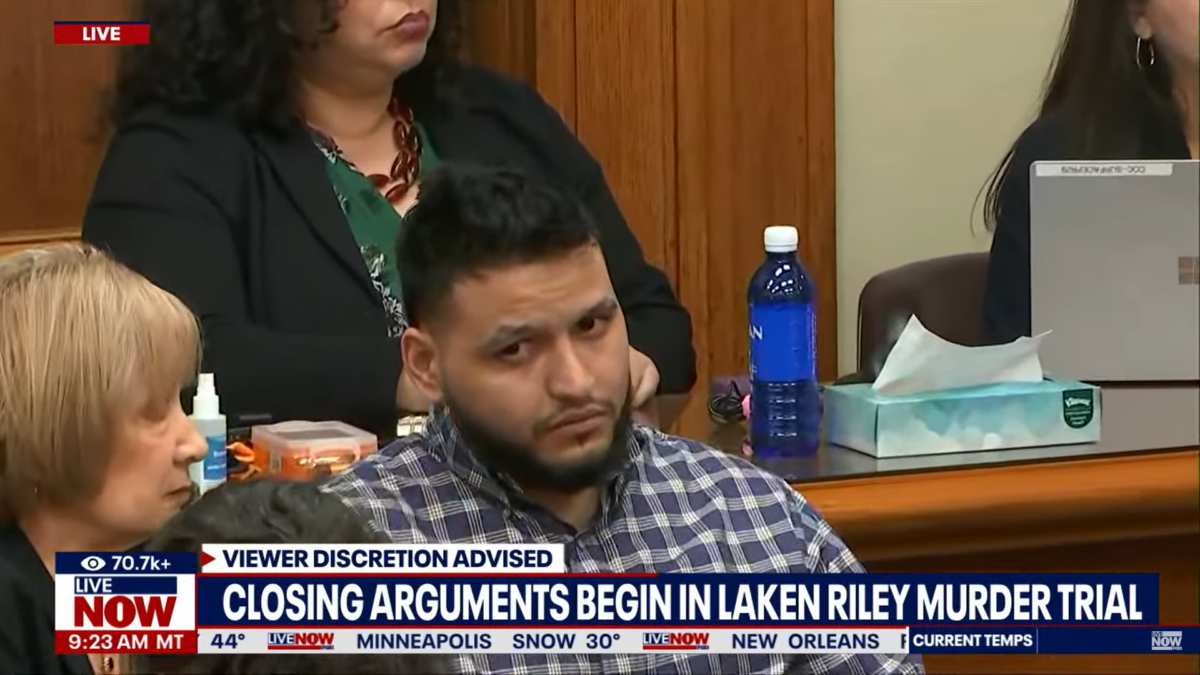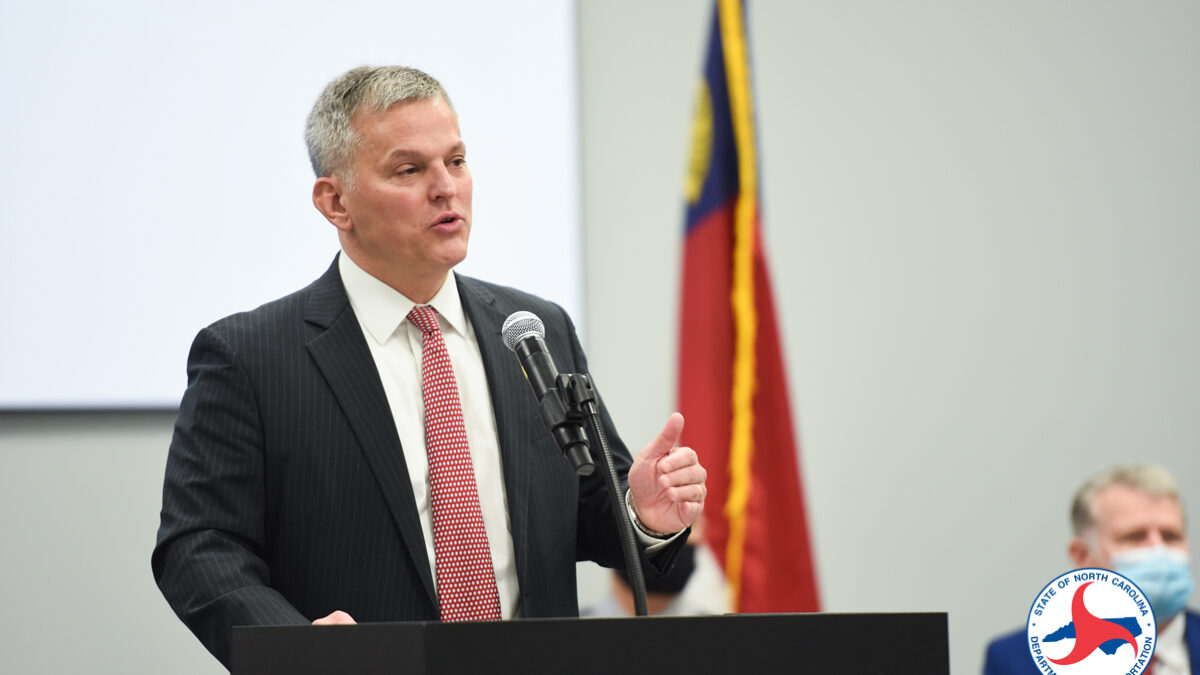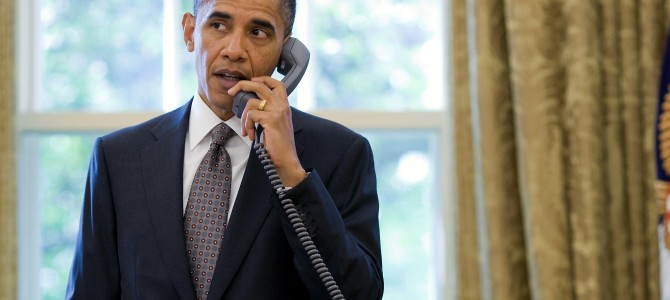
The Obama administration has been the most lawless in U.S. history. I don’t mean that in the Nixonian sense of personal corruption, whereby the president is personally above the law, although the idea that Barack Obama’s tenure has been ethically pure is laughable.
No, my accusation rests on the 44th president’s seeing himself as professionally above the law, ignoring the executive branch’s legal limits and disrespecting constitutional bounds like federalism and the separation of powers.
But don’t just take it from me. Liberal law professor Garrett Epps (a professional acquaintance) admits that “even for those like me who admire Barack Obama, the constitutional record is disturbingly mixed. Obama leaves the Constitution weaker than at the beginning of his terms.” Epps labels Obama’s posture to be one of “aggressive compliance,” torturing statutory language as far as it can go in order to avoid constitutional claims.
Obama Only Furthered the Imperial Presidency
He points first to the 2011 Libya intervention. It involved neither a congressional authorization of the use of force, nor compliance with the 1973 War Powers Act, which requires at least congressional notification of troop commitments and affirmative permission after 60 days. Every president since the WPA’s enactment has claimed that it’s an unconstitutional limit on inherent executive authority over military power. Obama instead claimed that hundreds of missile strikes and dozens of air missions didn’t trigger the WPA because they only constituted “kinetic military action” rather than war.
It just doesn’t pass the smell test. Neither does at least some of the National Security Agency’s robust program of domestic surveillance, about which Director of National Intelligence James Clapper has lied to Congress. And then there’s the aggressive posture towards and persecution of journalists. It’s as if the goal was to show Donald Trump how it’s done.
This is all a world away from candidate Obama, who said this on the campaign trail in 2008: “The biggest problems that we’re facing right now have to do with George Bush trying to bring more and more power into the executive branch and not go through Congress at all. And that’s what I intend to reverse when I’m president.” As George Mason law professor David Bernstein quipped, foolish voters thought that Obama was taking issue with the imperial presidency, when really he was only complaining that the wrong man occupied the throne.
How Obama Ignored Constitutional Checks and Balances
Indeed, once he lost the congressional majority that allowed him to sign breathtakingly unconstitutional legislation like Obamacare and Dodd-Frank, Obama began using his pen in other ways. Hearkening to Woodrow Wilson’s progressive view of the administrative state, President Obama steadily took out his frustrations with the checks and balances that inhibited his ability to “fundamentally transform” the country.
A lack of congressional acquiescence didn’t stop this president. Even in Obama’s first term, the administration launched a “We Can’t Wait” initiative, with senior aide Dan Pfeiffer explaining that “when Congress won’t act, this president will.” And when the reelected President Obama announced his second-term economic plans, he said that “I will not allow gridlock, or inaction, or willful indifference to get in our way.”
But no matter how much you hold it up to the light—and no matter what textual penumbras you induce—there’s no “gridlock clause” in the Constitution by which the president’s power increases to the extent Congress doesn’t support him. Indeed, gridlock is a feature of our system, not a bug, meant to check executive abuse and majoritarian populism both.
As we mark another peaceful transfer of power, let’s pause to note the 10 most significant ways in which Barack Obama violated the Constitution, in rough chronological order.
1. The Chrysler Bailout
Building on the Bush administration’s illegal use of TARP funds to bail out the auto industry, the Obama administration in 2009 bullied Chrysler’s secured creditors—who were entitled to “absolute priority”—into accepting 30 cents on the dollar, while junior creditors such as labor unions received much more. This subversion of creditor rights violates not just bankruptcy law, but also the Constitution’s Takings and Due Process Clauses.
This blatant crony capitalism—government-directed industrial policy to help political insiders—discourages investors and generally undermines confidence in American rule of law. The Supreme Court ultimately vacated the Second Circuit ruling that allowed this farce to proceed; Chrysler’s creditors are still out of luck, but there’s no legal precedent.
2. Obamacare Implementation
One can, and many have, written whole articles about how the Affordable Care Act is such an affront to the rule of law that its individual mandate and Medicaid coercion—both of which Chief Justice John Roberts rewrote—are just the tip of the lawless iceberg. On implementation, we can’t blame Congress or courts. Here’s a sample:
- The Labor Department announced in February 2013 that it was delaying for a year the part of the law that limits how much people have to spend on their own insurance. This may have been sensible, but changing a law requires actual legislation.
- Later that year, the administration announced via blogpost on the eve of the July 4 holiday that it was delaying the requirement that employers of at least 50 people provide complying insurance or pay a fine. This time it cited statutory authority, but the cited provisions allow the delay of reporting requirements, not the mandate itself.
- The famous pledge that “if you like your plan, you can keep it” backfired when insurers started cancelling millions of plans that didn’t comply with Obamacare. So Obama called a press conference to proclaim that people could continue buying non-complying plans for another year—despite the ACA’s language to the contrary. He then refused to consider a House-passed bill that would’ve made this action legal.
- A little-known part of Obamacare requires congressional staff to get insurance from health exchanges, rather than a taxpayer-funded program. Obama directed the Office of Personnel Management to interpret the law to maintain the generous benefits.
- Obamacare grants tax credits to people whose employers don’t provide coverage if they buy a plan “through an Exchange established by the State”—and then fines employers for each employee receiving such a subsidy. No tax credits are authorized for residents of states where the exchanges are established by the federal government, as an incentive for states to create exchanges themselves. Because so few (16) states did, however, the IRS issued a rule allowing subsidies (and fines) for plans coming from “a State Exchange, regional Exchange, subsidiary Exchange, and federally-facilitated Exchange.” Yes, we can also blame the Supreme Court for upholding this.
- The Department of Health and Human Services granted more than 2,000 waivers to employers seeking relief from Obamacare’s regulations. Nearly 20 percent of them went to gourmet restaurants and other businesses in former Speaker Nancy Pelosi’s San Francisco district. Nevada, home to former Senate Majority Leader Harry Reid, got a blanket waiver, while GOP-controlled states like Indiana and Louisiana were denied. Beyond political favoritism, such dispensations violate a host of constitutional and administrative law provisions like equal protection and the “intelligible principle” needed for congressional delegation of authority to cabinet agencies.
- HHS also continues paying insurance companies to compensate them for losses caused by Obamacare’s ignorance of basic economics. Alas, Congress never appropriated these funds, so the House of Representatives is suing the administration and won in the district court. Now on appeal, House v. Burwell is stayed until the D.C. Circuit hears from the incoming Trump administration. (Full disclosure: My wife joined the House general counsel’s office last month and is litigating the appeal.)
3. Political Profiling by the IRS
After seeing a rise in the number of applications for tax-exempt status, the IRS in 2010 compiled a “be on the lookout” (“BOLO”) list to identify organizations engaged in political activities. The list included words such as “Tea Party,” “Patriots,” and “Israel”; subjects such as government spending, debt, or taxes; and activities such as criticizing the government, educating about the Constitution, or challenging Obamacare. The targeting continued through May 2013, with no consequences other than Lois Lerner, the chief of the exempt-organizations unit, being held in contempt of Congress—and then being allowed to peacefully retire despite erased records and other cover-ups. Okay, this one qualifies as Nixonian.
4. Recess Appointments
In January 2012, President Obama appointed three members of the National Labor Relations Board, as well as the head of the Consumer Financial Protection Bureau, during what he considered to be a Senate recess. But the Senate was still holding “pro forma” sessions every three days—a technique developed by Sen. Harry Reid to thwart Bush recess appointments. (Meanwhile, the Dodd-Frank Act, which created the CFPB, provides that authority remains with the Treasury Secretary until a director is “confirmed by the Senate.”) In 2014, Supreme Court unanimously ruled that the NLRB appointments were illegal, while last year the D.C. Circuit found the CFPB’s structure to be unconstitutional.
5. DACA and DAPA
Congress has shamelessly failed to pass any sort of immigration reform, including for the most sympathetic victims of the current non-system, young people who were brought into the country illegally as children. Nonetheless, during his 2012 reelection campaign, President Obama directed the Department of Homeland Security to issue work and residence permits (Deferred Action to Childhood Arrivals) to the so-called Dreamers.
Then, after the 2014 midterms, the president decided that he had been wrong 22 times in saying he couldn’t give temporary legal status to illegal immigrants. The administration engineered this Deferred Action for Parents of Americans in the wake of Congress’s rejection of the same policies, in violation of the Administrative Procedure Act, immigration law, and the Constitution’s Take Care Clause. A district court enjoined DAPA in February 2015, which action the Fifth Circuit twice affirmed, as did the Supreme Court by a 4-4 vote.
6. Assault On Free Speech and Due Process On College Campuses
In 2013 the Department of Education’s Office of Civil Rights, in conjunction with the Justice Department, sent the University of Montana a letter that became a national “blueprint” for tackling sexual harassment. The letter urged a crackdown on “unwelcome” speech and requires complaints to be heard in quasi-judicial procedures that deny legal representation, encourage punishment before trial, and convict based on a mere “more likely than not” standard.
As noted civil libertarian Harvey Silverglate explained this week, the administration construed Title IX—the federal law barring sex discrimination by federally funded schools—as a mandate to punish students and faculty accused of sexual misconduct using procedures that make it extraordinarily difficult for innocent people to defend themselves.
7. The Clean Power Plan
In June 2014, the Environmental Protection Agency proposed a new rule for regulating power-plant emissions. Despite significant criticism, it finalized the rule in August 2015, giving states until 2018 to develop plans to reduce carbon dioxide emissions, with mandatory compliance beginning in 2022.
The EPA cites Section 111 of the Clean Air Act as justification for this Clean Power Plan, but that section can’t give the agency such authority. Section 111 doesn’t permit the government to require states to regulate pollutants from existing sources when those pollutants are already being regulated under Section 112, like those deriving from coal-fired plants. The late Justice Scalia’s last public act was to join an order staying the rule pending further litigation (or, as is likely, a rescinding of the rule).
8. The WOTUS Rule
In May 2015, the EPA announced its new Clean Water Rule, which aims to protect streams and wetlands from pollution. The agency insists that the rule doesn’t affect bodies of water not previously regulated, but several groups have sued on the basis that the rule’s definitions of regulated waters greatly exceed the EPA’s authority under the Clean Water Act to regulate “waters of the United States” (WOTUS).
The Supreme Court has thrice addressed the meaning of that phrase, making clear that, for the EPA to have regulatory authority, a sufficient nexus must exist between the location regulated and “navigable waters.” The Clean Water Rule, however, purports to give EPA power far beyond waters that are “navigable” by any stretch of the word’s definition. Litigation is ongoing.
9. Net Neutrality
In the works throughout the Obama presidency, the Open Internet Rule was adopted in February 2015 and went into effect that June, forbidding internet-service providers (ISPs) from prioritizing different kinds of internet traffic.
The real issue, beyond this “net neutrality,” is the Federal Communications Commission’s manufacture of authority to regulate the internet despite clear congressional instruction that the internet remain unregulated. In 2014, courts struck down the FCC’s 2010 self-aggrandizement under the 1934 Communications Act and 1996 Telecommunications Act, so the agency doubled down by writing a new rule that equated the internet with telephony.
That creative interpretation allowed the FCC to claim the sweeping discretion it had used to manage the AT&T phone monopoly throughout the 20th century. Moreover, while the FCC touts the regulation as ensuring that the internet remains free of censorship, the rule impinges on the First Amendment rights of internet-service providers.
10. EPA’s Cap-And-Trade
In October 2015, the EPA issued a carbon-emissions cap-and-trade regulation, establishing for each state limits on carbon dioxide emission, with four interim steps on the way to the final goal. EPA says that this rule, too, is authorized by Section 111 of the Clean Air Act, but Congress considered and rejected such a cap-and-trade program in 2009. Far from being authorized by the Clean Air Act or lying in some zone of statutory ambiguity, this massive new regulatory scheme contradicts the express will of Congress.
That’s Only The Beginning
It was obviously difficult to narrow that enumeration to just 10—and I cheated by putting all the Obamacare shenanigans under one item. Some may complain that I should’ve prioritized other kinds of executive actions, whether regarding guns or transgender bathroom access or electricity regulation. Others may prefer to invoke President Obama’s decision not to subject the Iran nuclear treaty to a Senate vote—aided by Foreign Relations Committee Chairman Bob Corker’s naïve complicity—or engaging in the Bowe Bergdahl prisoner swap without notifying Congress. Sadly, the possibilities for this parlor game are nearly endless.
Then, of course, there’s the administration’s abysmal performance before the Supreme Court, where its win percentage hovers around 45 percent (as against a historical norm of 60-70 percent). The Justice Department has even suffered nearly 50 unanimous losses, half again as many as under George W. Bush or Bill Clinton. These cases have come in such disparate areas as criminal procedure, religious liberty, property rights, immigration, securities regulation, tax law, and the separation of powers. They have nothing in common other than incredible assertions of federal power. The government’s arguments across this wide variety of cases would essentially allow the executive branch to do whatever it wants without constitutional restraint.
Are these really the kind of powers President Obama and his progressive enablers would want their worst enemies to have? As my colleague Gene Healy writes in the latest issue of Reason, “the very idea of ‘President Trump’ seemed like a thought experiment a libertarian might have invented to get a liberal friend to focus on the dangers of concentrated power. Now it’s an experiment we’re going to run in real life, starting January 20, 2017.”
If you live by executive action, you die by executive action—whether that means reversing President Obama’s policies or pocketing his constitutional excesses for future use.


